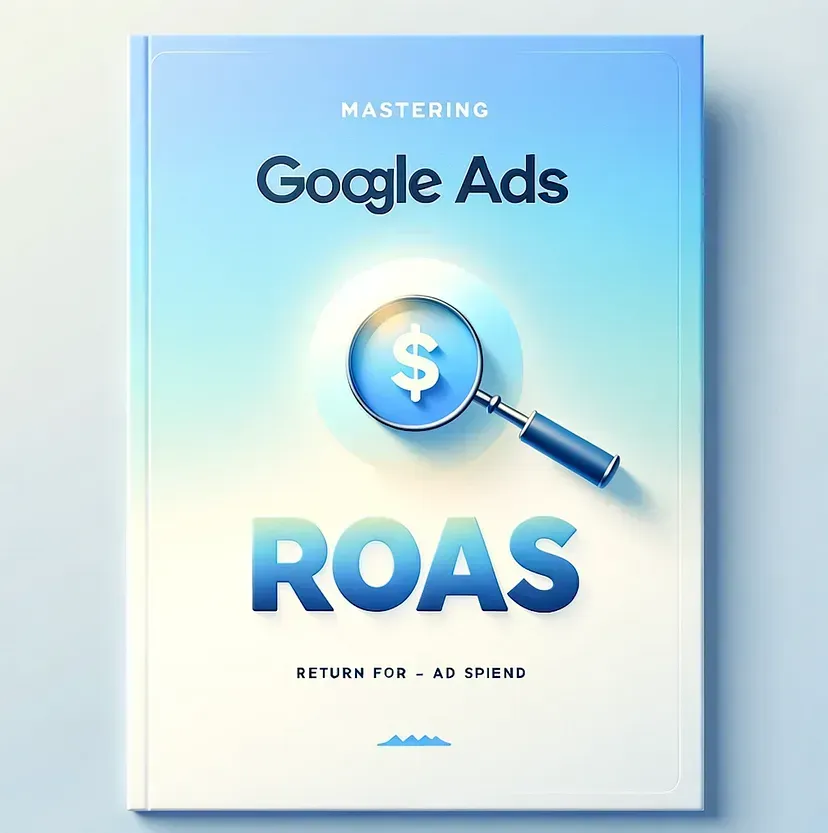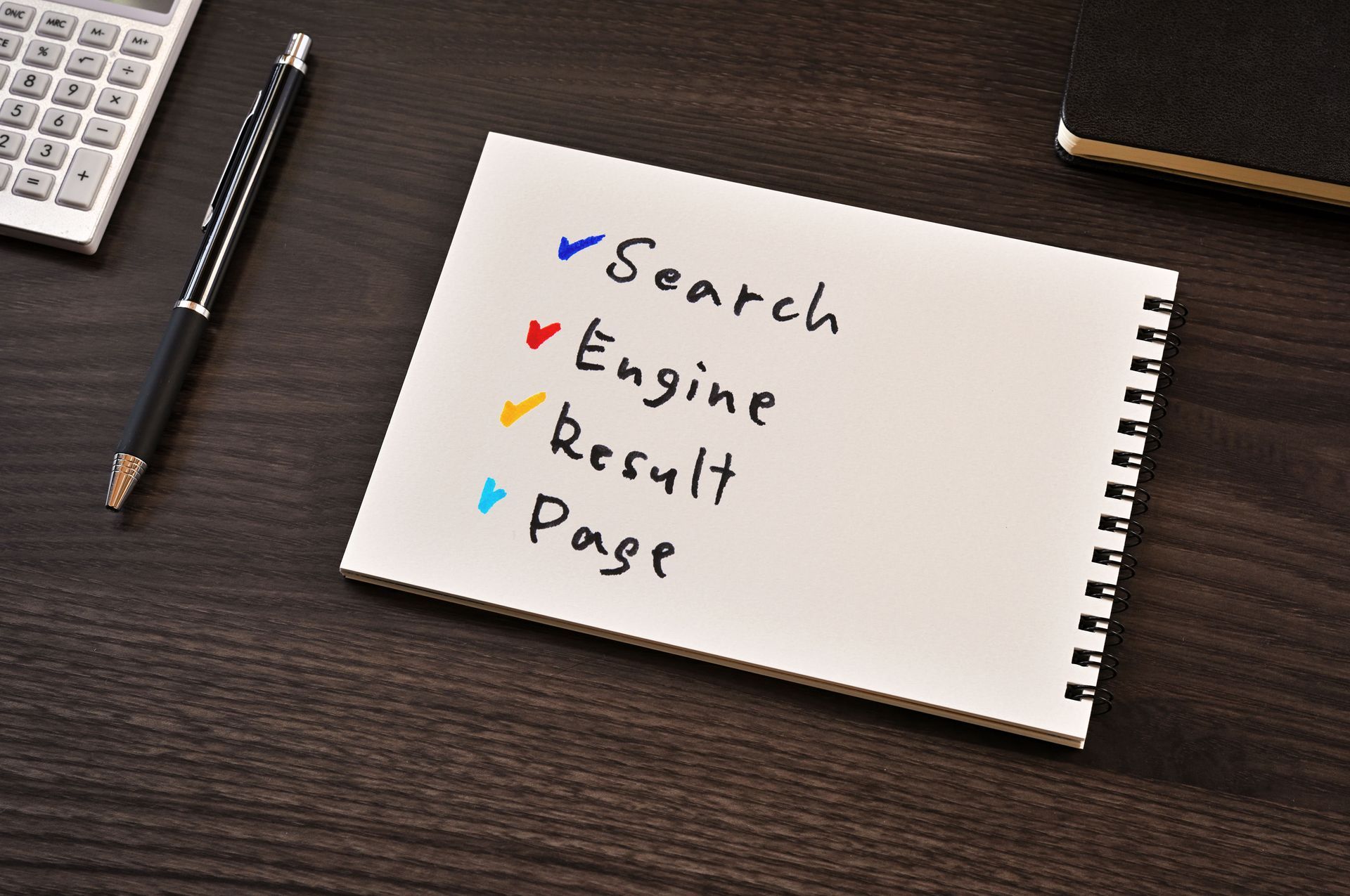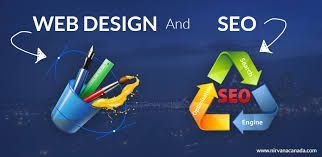The Journey of Balancing SEO and Ad Buying for Maximum Impact
Understanding the Basics of SEO and Ad Buying
In the vast digital landscape, two powerful marketing strategies, SEO (Search Engine Optimization) and Ad Buying, have emerged as essential tools for businesses to maximize their online presence and reach their target audience. However, achieving the perfect balance between these strategies can be a challenging journey. In this article, we will delve into the basics of SEO and Ad Buying, explore their interplay, discuss strategies for striking the right balance, and shed light on measuring their impact. Lastly, we will take a glimpse into the future trends shaping the fields of SEO and Ad Buying.
Before embarking on the journey, it is crucial to grasp the fundamentals of SEO and Ad Buying. Let's begin with SEO.
Search Engine Optimization (SEO) is not just a buzzword, but a crucial aspect of digital marketing. It is the art and science of optimizing a website's visibility in search engine results. In today's highly competitive online landscape, having a well-optimized website can make all the difference in attracting organic traffic and gaining a competitive edge.
SEO involves a combination of techniques, including keyword research, on-page optimization, and link building. Keyword research helps identify the words and phrases that potential customers are using to search for products or services. By strategically incorporating these keywords into website content, meta tags, and headings, businesses can improve their chances of ranking higher in search engine results.
On-page optimization focuses on optimizing the structure, design, and content of individual web pages. This includes optimizing page titles, meta descriptions, headings, and image alt tags. By ensuring that these elements are relevant, descriptive, and keyword-rich, businesses can increase their visibility in search engine results and improve the user experience.
Link building is another crucial aspect of SEO. It involves acquiring high-quality backlinks from other websites to improve a website's authority and credibility in the eyes of search engines. By earning backlinks from reputable sources, businesses can improve their chances of ranking higher in search engine results and attracting more organic traffic.
The Importance of Ad Buying
While SEO focuses on improving organic visibility, Ad Buying offers a complementary approach to digital marketing. Ad Buying involves the strategic purchase of ad space on different online platforms, including search engine results pages, social media platforms, and websites.
With Ad Buying, businesses can reach their target audience more effectively by running targeted ad campaigns. By leveraging various targeting options, such as demographics, interests, and behavior, businesses can ensure that their ads are shown to the right people at the right time.
One of the key advantages of Ad Buying is the ability to boost visibility and attract potential customers quickly. Unlike SEO, which takes time to yield results, ad campaigns can generate immediate visibility and drive traffic to a website. This can be particularly beneficial for businesses looking to promote new products, seasonal offers, or limited-time promotions.
Furthermore, Ad Buying allows businesses to track and measure the performance of their ad campaigns more accurately. With advanced analytics and reporting tools, businesses can gain insights into the effectiveness of their ads, including impressions, clicks, conversions, and return on investment (ROI). This data can be used to optimize future campaigns and maximize the overall marketing efforts.
In conclusion, while SEO and Ad Buying are distinct strategies, they both play a crucial role in digital marketing. SEO focuses on improving organic visibility and attracting long-term traffic, while Ad Buying offers a more immediate and targeted approach to reach potential customers. By combining these strategies effectively, businesses can enhance their online presence, attract more customers, and drive conversions.
The Interplay Between SEO and Ad Buying
While both SEO and Ad Buying are powerful marketing strategies, they possess distinct strengths and functions. Understanding how they complement each other is essential for achieving maximum impact.
How SEO and Ad Buying Complement Each Other
SEO and Ad Buying can work together harmoniously to amplify the reach and effectiveness of a marketing campaign. By combining SEO's long-term organic growth with Ad Buying's immediate visibility and targeting capabilities, businesses can create a comprehensive digital marketing strategy that covers both short-term and long-term goals.
For instance, SEO can lay the groundwork for sustainable organic traffic growth, while Ad Buying can provide an immediate boost in visibility and website visits. Additionally, the data gathered from Ad Buying campaigns can inform SEO strategies, allowing businesses to optimize their content and keywords based on what resonates best with their audience.
Potential Conflicts Between SEO and Ad Buying
While SEO and Ad Buying are complementary, it's important to acknowledge that conflicts can arise if not managed effectively. For example, bid on keywords for ad campaigns could overlap with keywords targeted for organic SEO efforts, leading to increased competition and potentially driving up costs.
Moreover, the dynamic nature of search engine algorithms and the ever-changing ad landscape requires constant monitoring and adjustment to ensure the two strategies work in harmony.
Strategies for Balancing SEO and Ad Buying
Now that we understand the interplay between SEO and Ad Buying, let's explore strategies for achieving the right balance between the two.
Prioritizing SEO and Ad Buying Efforts
The key to success lies in determining the right allocation of resources between SEO and Ad Buying. A balanced approach involves identifying the primary goals of the business and aligning the strategies accordingly.
For new websites or those with minimal organic traffic, prioritizing SEO efforts to establish a strong foundation is crucial. As the organic traffic grows, gradually incorporating Ad Buying campaigns can help accelerate visibility and conversions.
Allocating Budget Between SEO and Ad Buying
Another aspect of balancing SEO and Ad Buying is budget allocation. While both strategies require financial investment, determining the optimal distribution can be challenging.
An effective approach is to consider factors such as the competitive landscape, industry trends, and the target audience's preferences. By understanding the potential returns and evaluating the cost per acquisition (CPA), businesses can allocate the budget to maximize the impact of both SEO and Ad Buying efforts.
Measuring the Impact of SEO and Ad Buying
Achieving a balance between SEO and Ad Buying requires continuous evaluation of their impact. By measuring key performance indicators (KPIs) and utilizing appropriate tracking tools, businesses can gain valuable insights into the effectiveness of their strategies.
Key Performance Indicators for SEO and Ad Buying
When it comes to SEO, KPIs such as organic traffic, keyword rankings, bounce rates, and conversion rates are vital metrics to monitor. On the other hand, Ad Buying success can be gauged through metrics like click-through rates (CTR), ad impressions, conversion rates, and return on ad spend (ROAS).
By establishing clear KPIs, businesses can track their progress and make data-driven decisions to optimize their strategies continually.
Tools for Tracking SEO and Ad Buying Success
Thankfully, numerous tools are available to help businesses measure SEO and Ad Buying success. From comprehensive analytics platforms like Google Analytics to keyword research tools like SEMrush and tracking platforms like Facebook Ads Manager, utilizing these resources can provide valuable insights into the effectiveness of marketing efforts.
Future Trends in SEO and Ad Buying
As the digital landscape evolves, staying ahead of the trends is crucial for maintaining a competitive edge. Let's explore some future trends shaping the fields of SEO and Ad Buying.
The Evolving Landscape of SEO
As search engines become more sophisticated, user experience and intent will play a significant role in SEO. Future trends include voice search optimization, mobile-first indexing, and the rise of AI-driven algorithms. Businesses should adapt their strategies to these evolving trends to maintain visibility and engage with their target audience effectively.
Innovations in Ad Buying Practices
Ad Buying is also subject to constant innovation. The future will witness advancements in programmatic advertising, AI-powered targeting, and immersive ad formats. Staying informed about these innovations will enable businesses to leverage new opportunities and create impactful ad campaigns.
In conclusion, finding the optimal balance between SEO and Ad Buying is an ongoing journey, filled with challenges and rewards. By understanding the basics, exploring their interplay, employing effective strategies, measuring impact, and adapting to future trends, businesses can harness the combined power of SEO and Ad Buying for maximum impact in the ever-evolving digital landscape.










